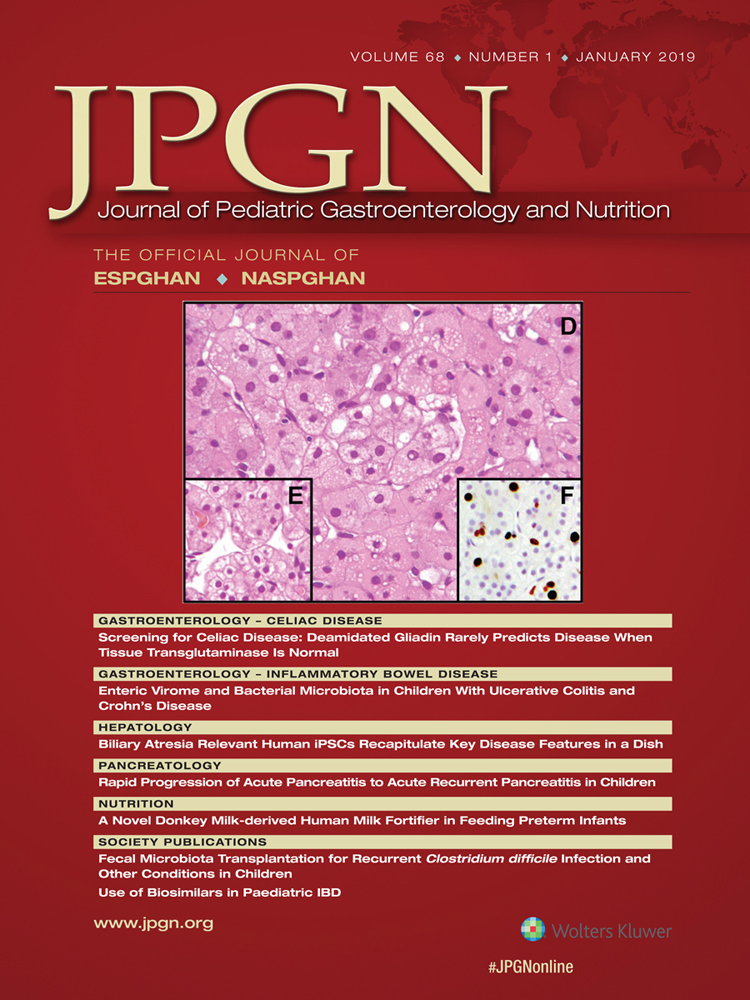Chronic Acalculous Cholecystitis in Children With Biliary Symptoms
Usefulness of Hepatocholescintigraphy
Supplemental digital content is available for this article. Direct URL citations appear in the printed text, and links to the digital files are provided in the HTML text of this article on the journal's Web site (www.jpgn.org).
The authors report no conflicts of interest.
ABSTRACT
Objectives:
Chronic acalculous cholecystitis (CAC) increasingly is being diagnosed as a cause of recurring biliary symptoms in children, but its clinical diagnosis remains challenging. The primary objective was to evaluate the utility of hepatocholescintigraphy in pediatric patients with suspected CAC. A secondary objective was to describe their clinical follow-up after diagnosis.
Methods:
Medical records of patients (aged 9–20 years) who underwent hepatocholescintigraphy from February 2008 to January 2012 were reviewed. Patients with gallstones, and with ⩽1 year of clinical follow-up, and studies without gallbladder (GB) stimulation were excluded. GB ejection fraction (GBEF) of <35% after sincalide or fatty meal (Lipomul) stimulation were considered abnormal. Diagnosis of CAC was based on histopathology after cholecystectomy. Patients with negative GB pathology, or complete resolution of symptoms without surgery, or alternative diagnoses for persistent symptoms were considered to not have CAC.
Results:
Eighty-three patients formed the study group (median age 14.9 years), of which 81.9% were girls. Median duration of symptoms and clinical follow-up were 6 months and 2.9 years, respectively. Fifty-two patients had at least 1 study with sincalide and 36 patients had at least 1 study with Lipomul. Initial cholescintigraphy was 95.0% sensitive and 73.0% specific in diagnosing CAC, with a negative predictive value of 97.9%. Of the 31 patients with abnormal GBEF, 22 underwent cholecystectomy with improvement in pain in 72.7%, whereas all of the 9 without surgery improved.
Conclusions:
Hepatocholescintigraphy is useful for excluding CAC, although the clinical implications of an abnormal GBEF need to be further defined.




